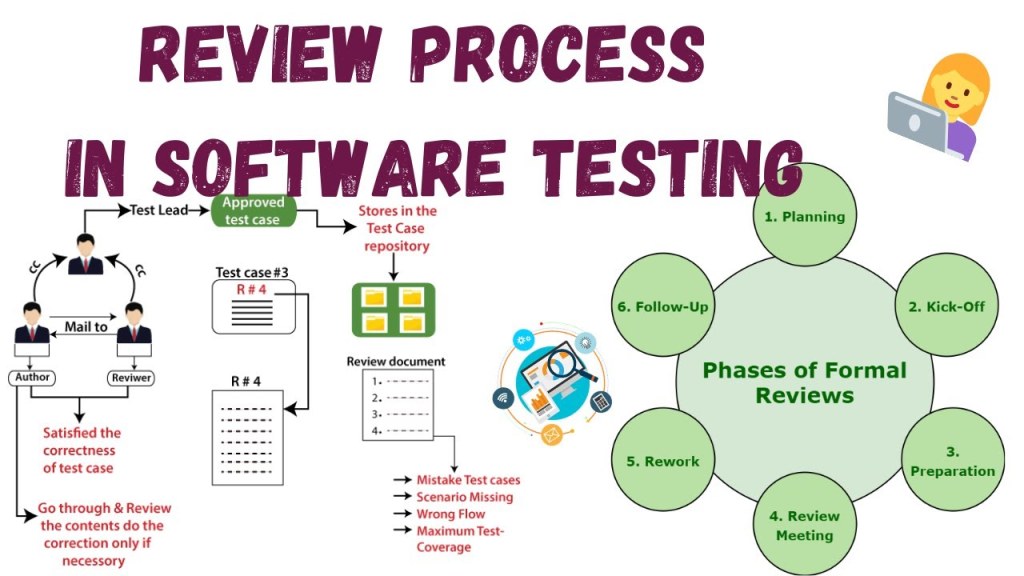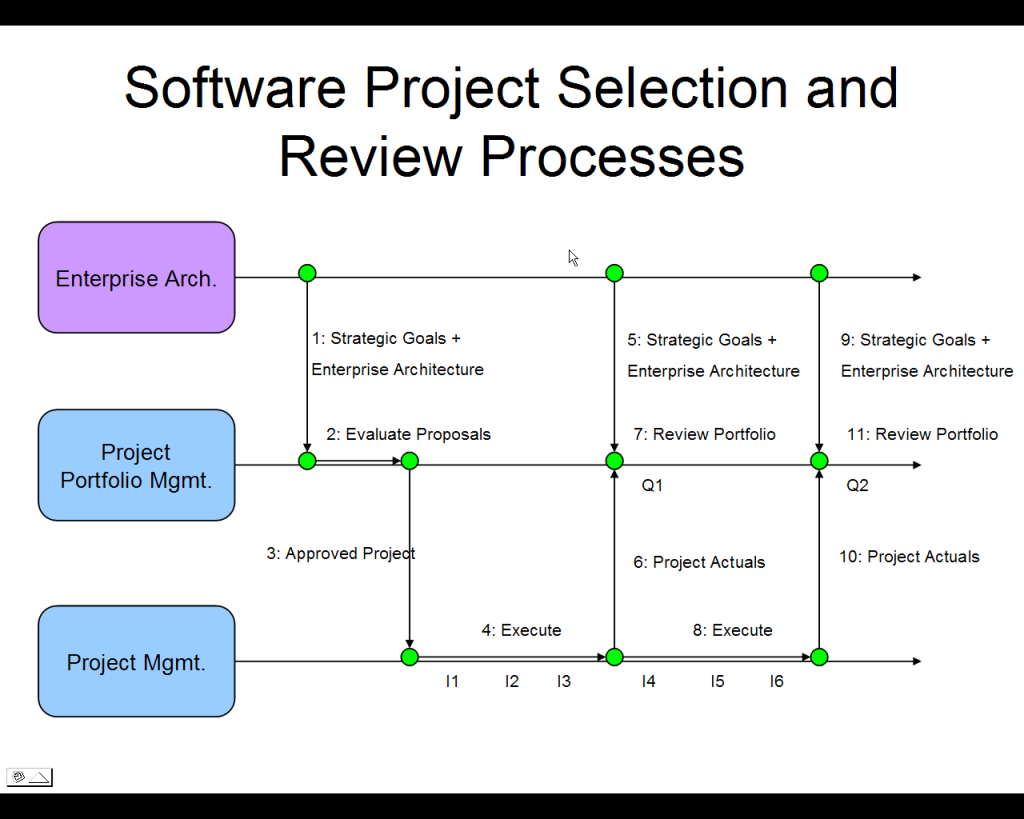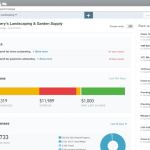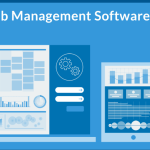Unleashing The Power Of Software Review Methods: A Comprehensive Guide To Choosing The Best!
Software Review Methods
Introduction
Hello Readers,
3 Picture Gallery: Unleashing The Power Of Software Review Methods: A Comprehensive Guide To Choosing The Best!



Welcome to this comprehensive article on software review methods. In today’s digital age, software plays a crucial role in various aspects of our lives. Whether it’s for personal or business use, choosing the right software can be a daunting task. That’s why understanding the different review methods available can greatly assist in making informed decisions. In this article, we will explore the various aspects of software review methods, providing you with valuable insights and guidance. So, let’s delve into the world of software review methods and discover how they can benefit you.
What is Software Review Method?

Image Source: ytimg.com
🔍
Software review method refers to the systematic approach used to evaluate and analyze software products. It involves assessing the software’s functionality, performance, user interface, security, and other important factors. By following a structured review method, software users can gain a better understanding of the software’s capabilities and limitations.
Who Conducts Software Review Methods?
👥

Image Source: researchgate.net
Software review methods can be conducted by various stakeholders, including software developers, quality assurance teams, professional reviewers, and end-users. Each stakeholder brings a unique perspective and expertise to the review process, ensuring a comprehensive evaluation of the software.
When Should Software Review Methods be Used?
⏰

Image Source: open-services.net
Software review methods should be used at different stages of the software lifecycle. They can be conducted during the development phase to identify and fix any issues before the software is released. Additionally, software review methods can be performed periodically to assess the software’s performance and address any emerging concerns.
Where are Software Review Methods Conducted?
🌍
Software review methods can be conducted in various settings, including software development companies, independent review platforms, and online communities. The choice of the review location depends on the desired level of expertise, resources, and accessibility.
Why are Software Review Methods Important?
❓
Software review methods play a crucial role in the decision-making process for software users. They provide valuable insights into the software’s strengths, weaknesses, and overall quality. By utilizing review methods, software users can make informed choices and avoid potential issues associated with inadequate software.
How to Conduct Software Review Methods?
🔎
Software review methods involve a systematic approach that includes several steps. These steps may include researching the software, analyzing its features, testing its functionality, gathering user feedback, and comparing it with similar software options. By following this structured process, reviewers can provide comprehensive and unbiased assessments of the software.
Advantages of Software Review Methods
✅
1. Informed Decision-Making: Software review methods enable users to make informed decisions by providing them with detailed assessments of the software’s capabilities and limitations.
2. Quality Assurance: Review methods help identify and address any potential issues or bugs in the software, ensuring a higher level of quality.
3. User Feedback: Review methods often involve gathering feedback from actual users, offering valuable insights into the software’s usability and user experience.
4. Comparison: Software review methods allow for the comparison of different software options, helping users find the most suitable solution for their needs.
5. Transparency: Review methods promote transparency by providing unbiased assessments, enabling users to form their own opinions about the software.
Disadvantages of Software Review Methods
❌
1. Bias: Review methods may be influenced by personal preferences or the reviewer’s background, potentially leading to biased assessments.
2. Limited Scope: Review methods might not cover all aspects of the software, potentially overlooking certain features or functionalities.
3. Time-consuming: Conducting thorough software reviews can be time-consuming, especially for complex software with numerous features.
4. Subjectivity: Review methods involve subjective opinions, and what may work for one user may not work for another.
5. Lack of Real-World Context: Review methods often focus on isolated software functionality, which may not fully reflect the software’s performance in real-world scenarios.
Frequently Asked Questions (FAQs)
1. Are software review methods only applicable for commercial software?
No, software review methods are applicable to all types of software, including commercial, open-source, and freeware. The goal is to evaluate the software’s quality and suitability for the intended purpose.
2. Can software review methods be influenced by the software vendor?
Review methods should aim to provide unbiased assessments. However, it is essential to be aware that some reviews may be influenced by the software vendor, either directly or indirectly. It is advisable to consider multiple sources when conducting software research.
3. How can I trust the reviews obtained through software review methods?
To ensure the credibility of software reviews, it is recommended to consider reviews from reputable sources, verify user feedback where possible, and consult multiple perspectives. Additionally, personal experience and trial periods can provide further insights into the software’s suitability for your specific needs.
4. Can software review methods be used for mobile applications?
Yes, software review methods can be used for evaluating mobile applications. Mobile app reviews often focus on usability, performance, security, and compatibility with various devices and operating systems.
5. Should I solely rely on software review methods when choosing software?
While software review methods provide valuable insights, they should not be the sole basis for decision-making. It is important to consider other factors, such as your specific requirements, budget, and compatibility with existing systems.
Conclusion
In conclusion, software review methods provide a structured and systematic approach to evaluating software products. By utilizing these methods, users can make informed decisions, ensuring the selection of software that meets their needs. However, it is crucial to consider the advantages, disadvantages, and potential biases associated with review methods. Remember to rely on multiple sources, consult user feedback, and consider your specific requirements before making any software choices. So, go ahead and leverage the power of software review methods to make the best possible software decisions.
Thank you for reading!
Final Remarks
Disclaimer: The information provided in this article is for informational purposes only. The content does not constitute professional advice or endorsement of any specific software products. Readers are advised to conduct their own research and evaluation before making any software decisions.
This post topic: Software Reviews

